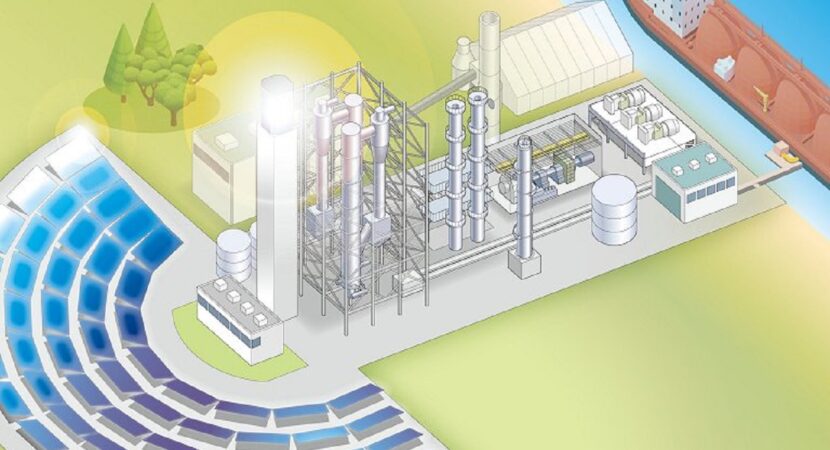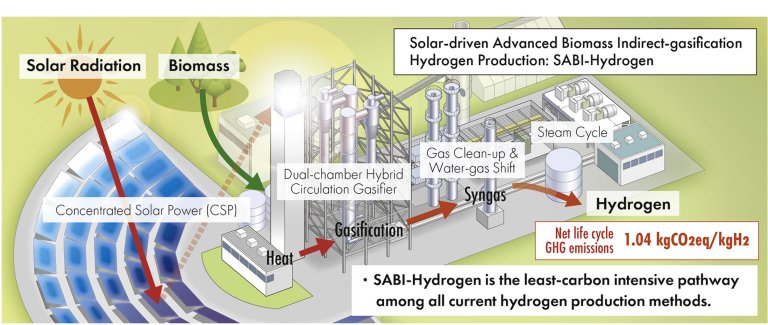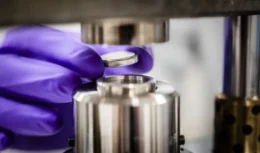
A Japanese team is in the final stages of developing a plant that can produce green hydrogen using biomass and the heat of solar energy, achieving incredible numbers of emissions, which can be considered the lowest in the world.
In the race to move away from fossil fuels and reduce CO2 emissions, hydrogen is considered the cleanest option of all. However, although the fuel burns cleanly, releasing only water as a by-product, the so-called solar hydrogen is still not viable, so that the current way of producing hydrogen is energy and carbon intensive, that is, hydrogen is clean, but your production process is not always. According to Japanese professor, Shutaro Takeda, from Kyoto University, solar energy and biomass are strong candidates to feed the production of green hydrogen, but one of the obstacles is that sunlight is very intermittent.
Read other related news
Hydrogen plant based on biomass and solar energy
What is new is that the team led by the Japanese professor created a new project for a green hydrogen plant, which is based on completely sustainable resources, producing the lowest amount of CO2 associated to date.
The new approach uses solar energy directly for heating. This thermosolar energy is used to gasify biomass, a process that has proven to be the most effective and practical combination of producing green hydrogen without a large amount of carbon emitted.
This joining of two different energy systems creates a new type of green hydrogen facility that the team has named a hydrogen production plant by indirect gasification of solar-powered biomass. Simply put, power plant SABI-Hydrogen.
Learn how the plant powered by solar energy and biomass works

First, to effectively absorb solar energy, the researchers chose a set of space mirrors known as heliostats, which focus light onto a receiver at the top of a tower.
Under these conditions, a heat transfer material in the receiver can reach temperatures equivalent to 1.000 degrees Celsius. Soon after, this heat is transferred from the receiver to the gasification part of the system, where a container containing wood chips as biomass is heated intensely in the absence of oxygen.
Rather than burning by combustion, the wood chips are turned into a gas mixture containing a large proportion of hydrogen. This mixture is called gasogen, or synthesis gas. Alternatively, in the absence of solar heating, such as during the night or on rainy days, the gasifier can also be heated conventionally by burning biofuel to provide heat to the system.
The lowest emissions value ever achieved
The team made sure to assess the overall environmental impact of their green hydrogen project based on an international standard impact assessment method known as ReCiPe2016.
The result showed that the built system would emit only 1,04 kg of CO2 per kg of hydrogen produced, being the lowest value among all forms of production. The professor concluded that the team's modeling shows that the use of solar energy and biomass from managed forests can allow the production of hydrogen in a sustainable way, with the lowest existing environmental impact.












